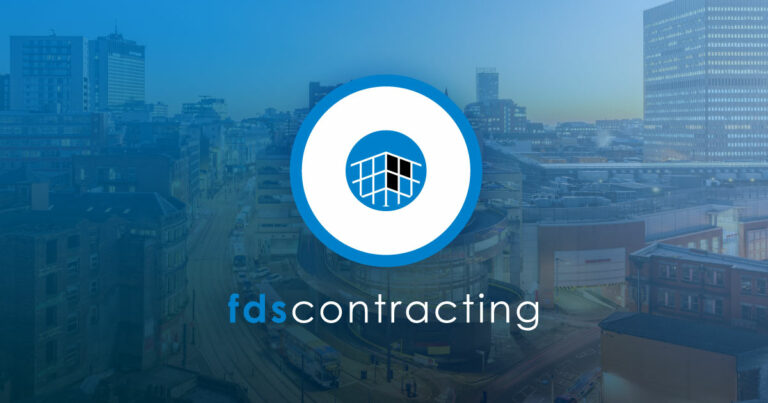Smoke & Heat Exhaust Ventilation Systems (SHEVS)
There are two main types of SHEVS:
Natural Smoke and Heat Exhaust Ventilation (NSHEV) and Mechanical Smoke Ventilation Systems (MSVS).
NSHEVS: use automatic opening vents (AOVs) or skylights to exploit the natural buoyancy of hot smoke.
MSVS: use powered fans and ducts to force smoke out of lobbies or stair shafts
As hot smoke rises, it is drawn out through high-level vents, helping to keep the lower occupied zone, typically up to 2.5 m above floor level, clear of smoke.
This smoke-free layer provides vital visibility and breathable air, supporting safe evacuation and enabling firefighters to tackle the blaze more effectively. In essence, SHEVS create a protected environment for escape while relieving thermal stress on the building.
Why Are They Important?
Safe Evacuation
By clearing smoke from escape routes, SHEVS ensure firefighting services can effectively fight the fire and occupants can escape.
Firefighter Access
Smoke-free stairwells and corridors allow fire crews to enter, locate and fight the fire quickly and effectively.
Property Protection
By venting smoke and dispersing heat, SHEVS protect buildings and fittings from fire and smoke damage. Removing smoke can significantly reduce financial losses and prevent fire spread to adjacent areas.
Regulatory Compliance
Smoke ventilation is embedded in UK fire regulations. Approved Document B (2019), BS 9999 and 9991 specify smoke control requirements.
Our Ventilation System Solutions
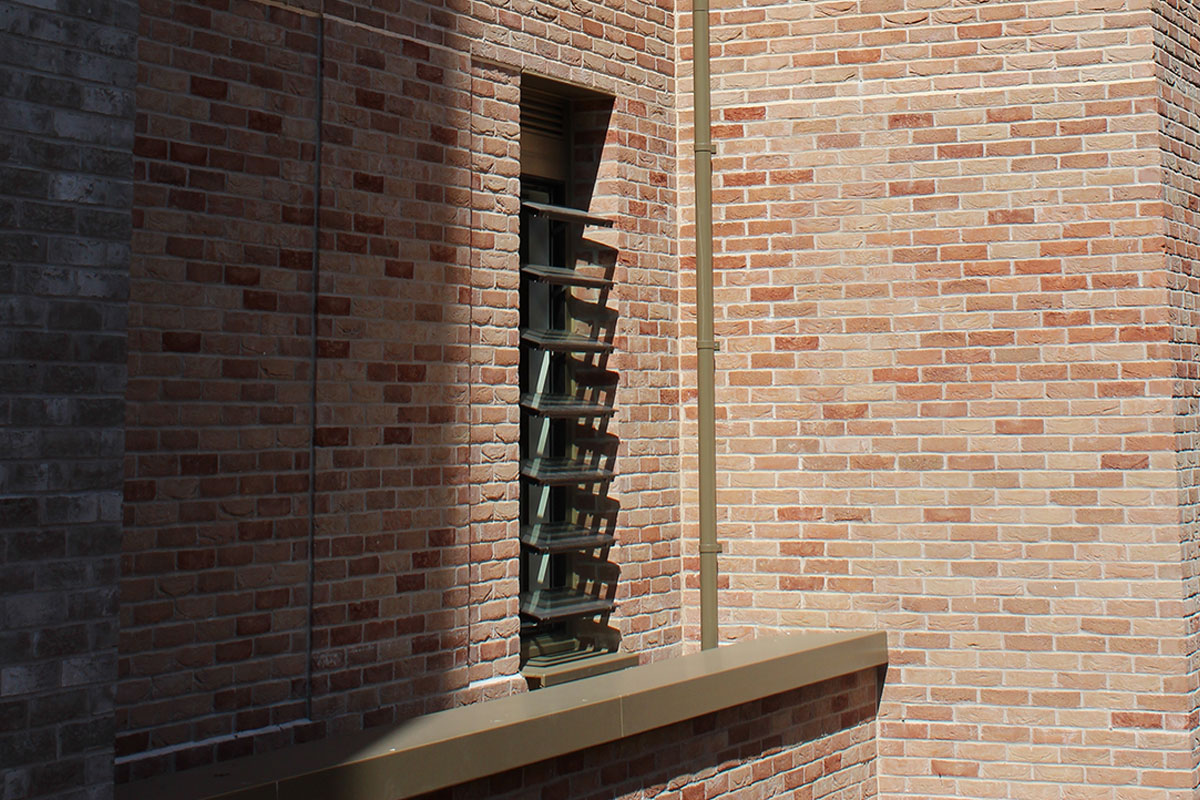
Natural Ventilation
Automatic opening rooflights and façade louvres that use wind and thermal buoyancy to exhaust smoke. These systems serve day-to-day ventilation and smoke extraction. Natural systems are often integrated discreetly into the building envelope through windows, vents or skylights.
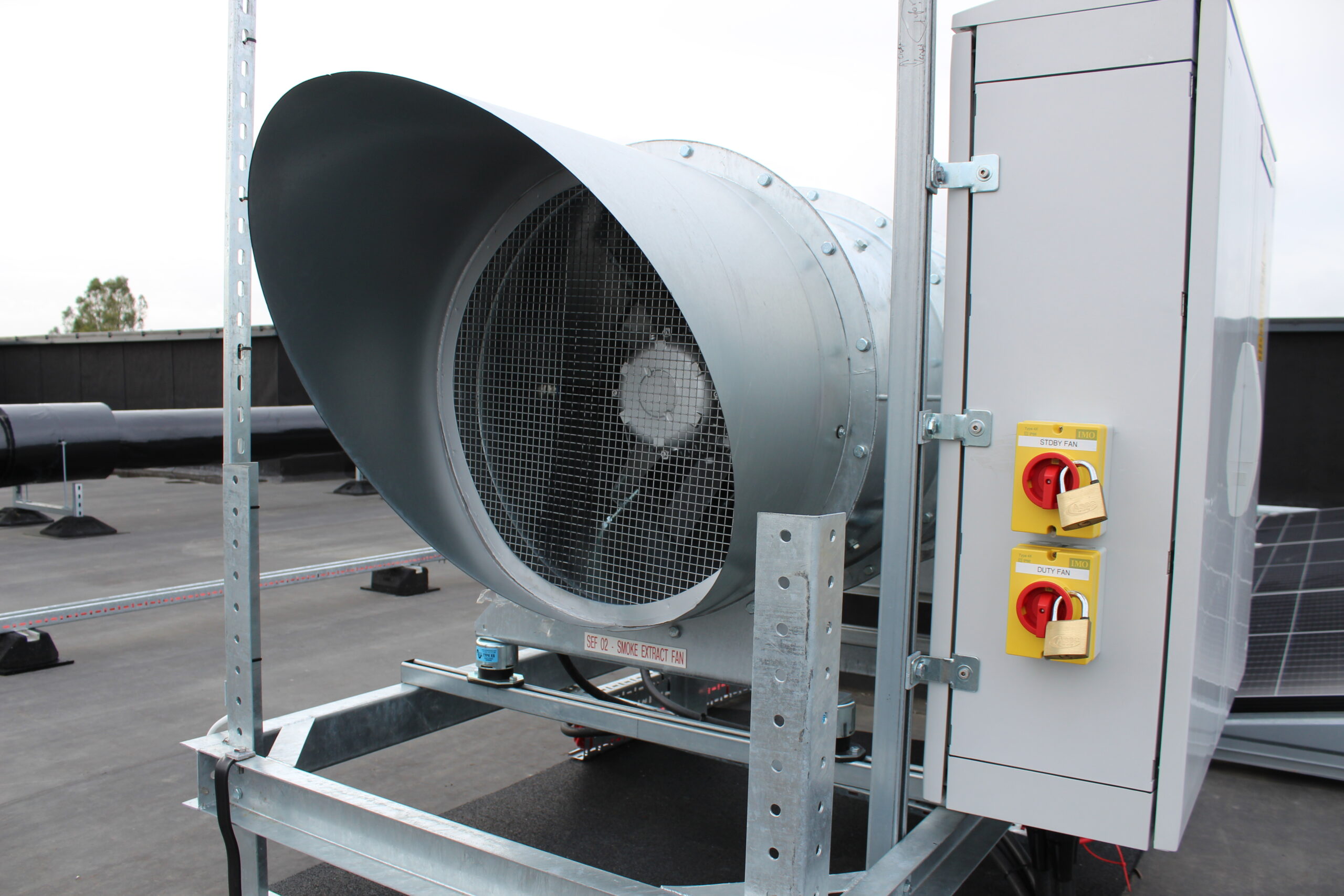
Mechanical Ventilation
Powered systems with smoke extract fans, fire-rated dampers, and shafts to eject smoke. These systems are ideal for lobbies, stairwells or large floorplates. A typical mechanical scheme uses a fan to draw smoke up a shaft while opening a head-of-stair AOV to supply fresh air. This keeps stairs positively pressurised and free of smoke for evacuation. D+H notes that MSVS is an approved method per BS 9991 and BS 9999 for quickly clearing protected lobbies and staircases.
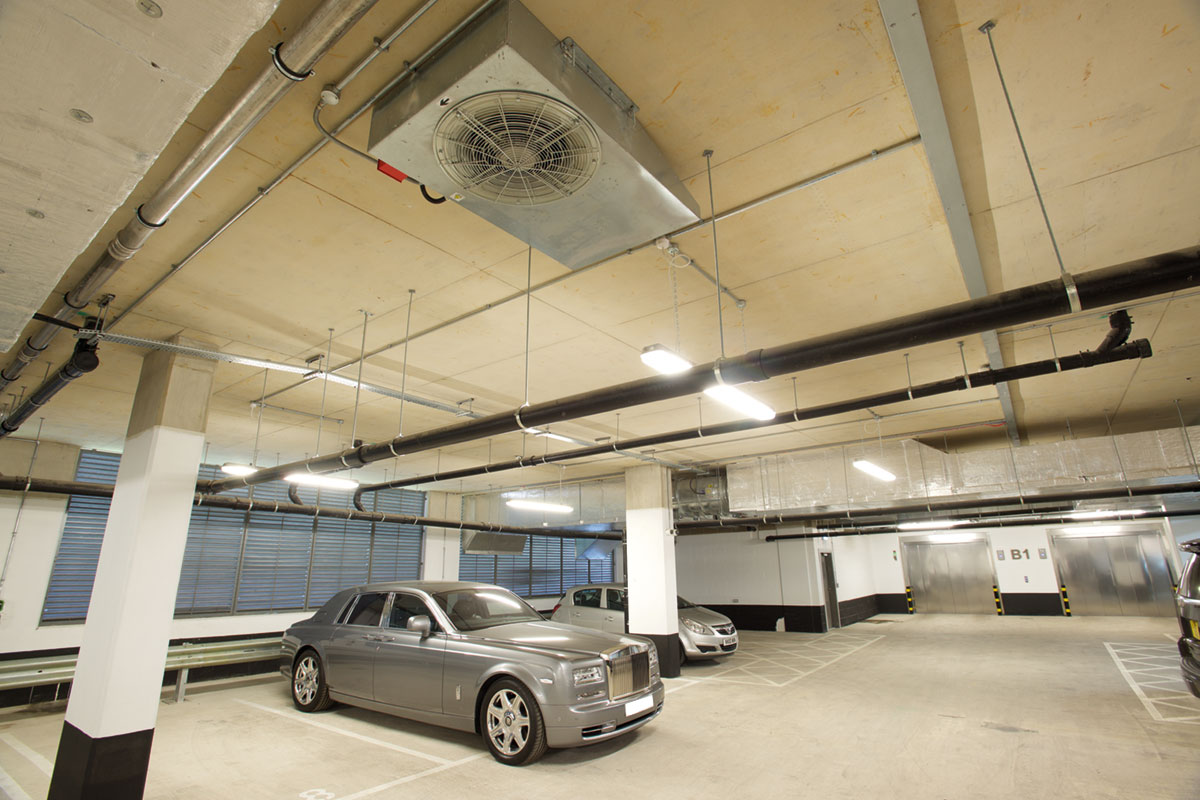
Car Park Ventilation
Dedicated smoke and carbon monoxide (CO) extraction for parking decks. Above-ground car parks often use natural stack ventilation or impulse fans, while fully enclosed garages require high-performance mechanical extraction. FDS provides systems that comply with BS 7346-7, which mandates ≥10 air changes per hour in full smoke mode to keep at least 10 m around the fire “smoke-free”. We deliver both hybrid and full mechanical car park systems to satisfy BS standards.
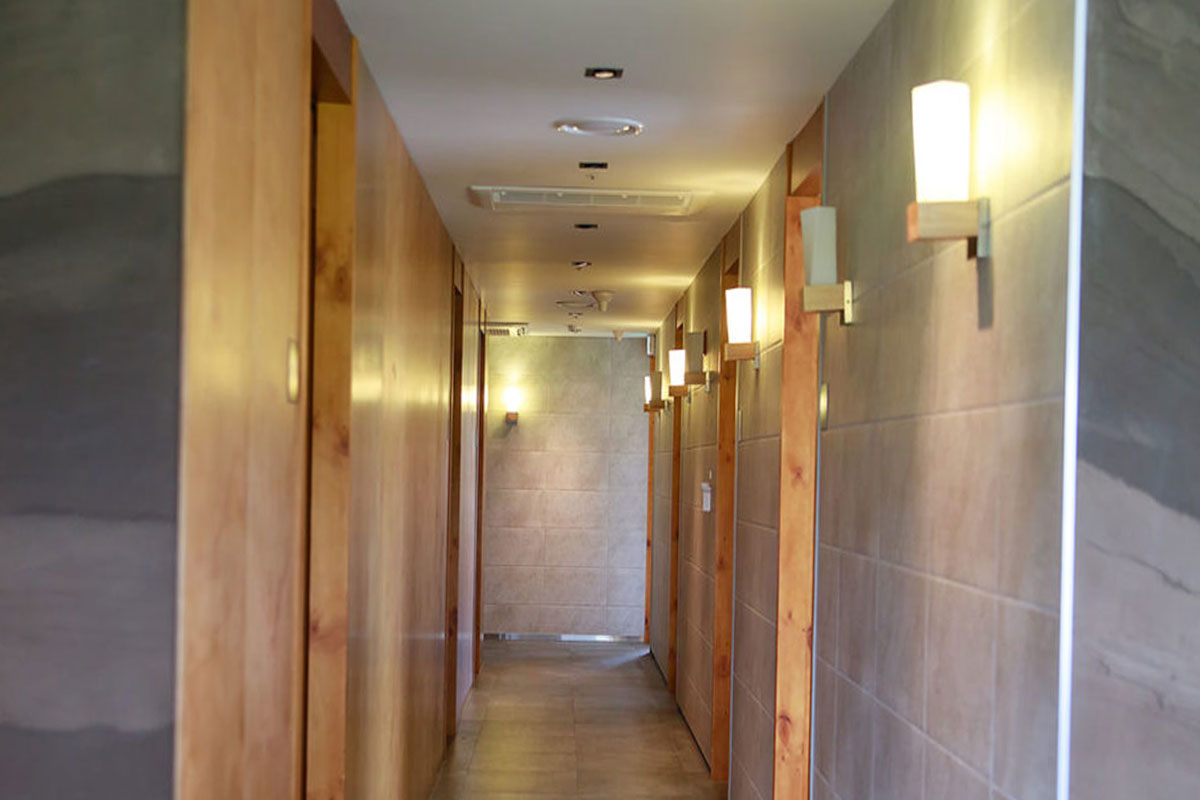
Hybrid & Pressurisation
Combined approaches using both natural and mechanical elements. For example, impulse or induction fans can augment natural vents to improve cross-flow in large spaces. Fans can either exhaust smoke through vents or pressurise escape routes to block smoke ingress, depending on strategy. Stair-pressurisation systems (SHEVS pressure systems) keep escape stairs at higher pressure than fire floors, further preventing smoke entry.
Why FDS Contracting?
Full Turnkey Service
FDS provides end-to-end delivery; from initial design to supply, installation, commissioning and handover.
Design Validation
For complex projects (e.g. MSVS in tall buildings), we produce detailed design reports using CFD modelling as needed. This is recommended by the Smoke Control Association and ensures systems meet or exceed BS 9991 performance requirements.
Compliance Testing & Training
We commission and certify every installation under BS and EN standards. Our team instructs clients on maintenance routines and provides certification under BS EN 12101-10/BS 7346-8. FDS also offers ongoing service contracts to keep systems fully operational.

FDS serves a wide range of industries and building types:
- Healthcare & Education
- Commercial & Retail
- Residential & Mixed-Use
- Industrial & Warehouses
- Parking Facilities
Speak to one of our experts today
FAQS
What’s the difference between NSHEV and MSVS?
Natural smoke ventilation (NSHEV) uses only passive vents to exploit buoyancy, while mechanical (MSVS) uses powered fans and ducts. As noted above, mechanical systems actively pull smoke out of lobbies or pressurise stairs, making them suitable for larger or taller buildings.
Are smoke and heat ventilation systems mandatory?
Building regulations require adequate smoke control but do not explicitly say “install this panel.” Instead, ADB/BS 9999 say escape routes must be kept smoke-free. In practice, NSHEV is assumed for mid-rise buildings, and MSVS is mandated for high rises or complex layouts.
In other words, you must meet the performance outcome (safe evacuation), whether via natural or mechanical means.
Can SHEVS be retrofitted into older buildings?
Yes. many systems are added to existing buildings. Roof-mounted AOVs, façade louvres or fan shafts can be fitted in refurbishment projects. However, retrofits require careful design (structural loads, electrical supply, alarm integration).
FDS has experience upgrading older buildings with new smoke vents, controls and power supplies while minimising disruption.
How are these systems tested and maintained?
Smoke vent systems demand regular maintenance. BS 7346-8 and EN 12101-10 require weekly tests of all vents and fans, plus quarterly simulation tests of each fire zone.
For example, the responsible person must verify vents open and dampers close on fire alarm and test that backup batteries engage (within 15 s) and standby fans activate if duty fans fail.
FDS can provide service contracts or train your team to keep the system compliant.
